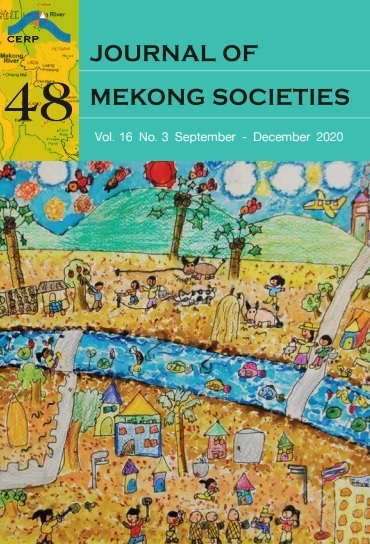Heroes of the Plain of Jars: Hmong Monuments and Social Memory in Laos and America
Main Article Content
Abstract
Political conflict in Laos during the Cold War or Vietnam War, from the late 1950s to 1975, involved two opposite political sides, the communist Pathet Lao and the Royal Lao government. As a major ethnic group inhabiting the battle area, leaders of ethnic Hmong in Laos were divided and joined both sides. During the Cold War, Thotou Yaxaichu was a prominent military leader with the Pathet Lao who passed away in 1961, while Vang Pao served the royal government and the United States Central Intelligence Agency. After the Pathet Lao took over the country in 1975, Faidang Lobliayao, who fought side by side with the Pathet Lao, became a key person in the new Lao government and died in 1986. Meanwhile, Vang Pao, who was a Hmong military leader under the royal government, fled to America and died in 2011. Recently, monuments of the three leaders were formally erected in Xieng Khouang in Laos and in California in the United States, respectively. The main objective of this article is to understand the social meaning of the establishment of monuments of the three former ethnic Hmong leaders in the two different countries. The author investigates the history of those leaders and relevant contexts. Concerning methodology, information was mainly taken from existing documents, media, and interviews. Based on the result of research, it is my finding that, internally, the building of monuments of former Hmong leaders in both countries has become a modern means of conveying social memory to younger Hmong generations on opposite sides of politics. Externally, the monuments express Hmong ethnic identity and create social space in the context of national ethnicity, in both countries.


